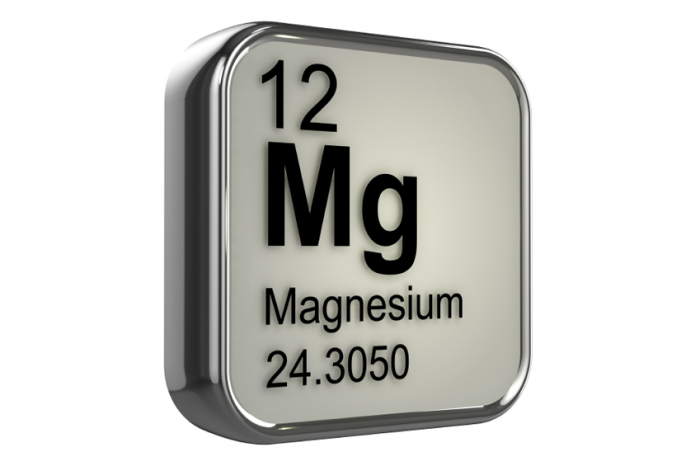OVERVIEW
This page is dedicated to discussing how to manage hypomagnesemia. This condition is characterized by a serum magnesium concentration below 1.8 mg/dL. Guides on managing other electrolyte abnormalities can be found here.

*It is important to keep in mind that one can not correct hypokalemia or hypocalcemia without sufficient magnesium repletion.
OPTIONS FOR MANAGING THIS ELECTROLYTE ABNORMALITY
In the case of hypomagnesemia there are finite options that can be utilized to correct the issue. These options are listed below:
- Oral magnesium (magnesium citrate or magnesium sulfate): typically in doses of about 60-84 mg per tablet.
- Oral magnesium (magnesium oxide): can be in doses of 400 mg tablets.
- IV magnesium (magnesium sulfate): can put set number of grams in an IV bag of any size.
- IM magnesium ((magnesium sulfate):
SPECIFICS REGARDING ELECTROLYTE CORRECTION
Target:
Ideally the target is to replete the serum magnesium to about 2.0 mg/dL. As a general rule of thumb one should regularly be checking magnesium levels after administration of any therapy.
Asymptomatic Patients (mild depletion with levels ~1.7 mg/dL):
Can use about 2-4 tablets (does of 60-84 mg per tablet) daily for this type of hypomagnesia
Asymptomatic Patients (severe depletion with levels ~1.2 mg/dL):
Can use about 6-8 tablets (does of 60-84 mg per tablet) daily (divided throughout the day) for this type of hypomagnesia.
Symptomatic Patients:
IV magnesium sulfate will be used for symptomatic patients. As a general rule, maximum infusion rates should not exceed 2 g/hour.
- Can administer 8-12 g of magnesium sulphate in the first 24 hours, and then 4-6 g/day for 3-4 days to replete body sores of serum magnesium.
Page Updated: 01.23.2017